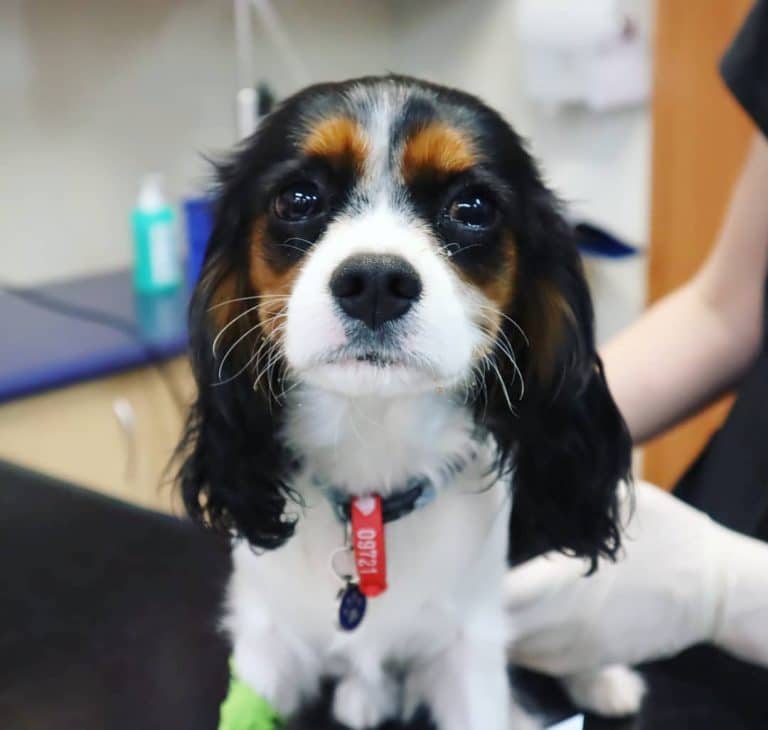What to Do If Your Dog Gets Stung by a Bee
Our furry companions, especially the curious ones, often find themselves in unexpected situations, such as encountering bees. Unfortunately, it is a common occurrence for dogs to get stung by a bee, which can even lead to them ingesting the bee itself. This situation is a frequent reason for a visit to our emergency hospital. If your dog gets stung by a bee, you may wonder what you should do and how to tell if your dog has been stung. Keep reading to learn about the signs, symptoms, and steps to take if it happens.
Understanding the Risks when your Dog Gets Stung by a Bee
While most insect bites cause irritation and discomfort, bee stings pose unique risks due to the venom they inject. The barbed stinger, left behind in the skin, continues to release venom, potentially leading to severe reactions. For dogs, stings on the face can be particularly dangerous, with swelling potentially obstructing their airways. Additionally, stings to the paws often go unnoticed initially, as owners may mistake them for minor injuries.
Recognising the Symptoms
Dogs may exhibit various signs indicating a bee sting, ranging from mild to severe allergic reactions. Mild symptoms include sudden yelping, limping, or visible signs of discomfort such as licking or scratching the affected area. Swelling, redness, and hives are also common. In severe cases, symptoms escalate to include vomiting, difficulty breathing, or even loss of consciousness. It’s crucial to note that allergic reactions can occur within minutes or be delayed, manifesting hours after the sting.
Immediate Actions
If your dog shows signs of an allergic reaction or anaphylaxis, prompt veterinary care is essential. While on the way to the vet, try to keep your pet calm and prevent them from aggravating the sting site. Applying a cold, wet towel can help alleviate swelling and discomfort. However, refrain from administering any medications without consulting a veterinarian, as incorrect dosages can be harmful.
Veterinary Treatment
Upon arrival at the vet, your dog will undergo a thorough assessment to determine the appropriate treatment. Mild reactions may be managed with antihistamines, anti-inflammatories, and pain relief. However, severe cases require more intensive interventions, such as IV fluids, oxygen therapy, and additional medications. Hospitalisation may be necessary for further monitoring, especially if anaphylaxis is suspected.
Preventive Measures
While preventing bee stings entirely is challenging, there are steps you can take to minimise the risk for your dog. Avoiding areas with flowers during walks and keeping your dog away from flower beds can reduce encounters with bees. Training your dog to respond to recall commands allows you to redirect their attention if they show interest in chasing or snapping at bees.
Conclusion
Being stung by a bee can be a painful and potentially dangerous experience for dogs. By understanding the risks, recognising the symptoms, and taking prompt action, you can ensure the well-being of your furry friend. If you suspect your dog has been stung by a bee, don’t hesitate to seek veterinary assistance for proper evaluation and treatment. At Perth Vet Emergency, we’re here to provide the care your pet needs in times of emergency.



